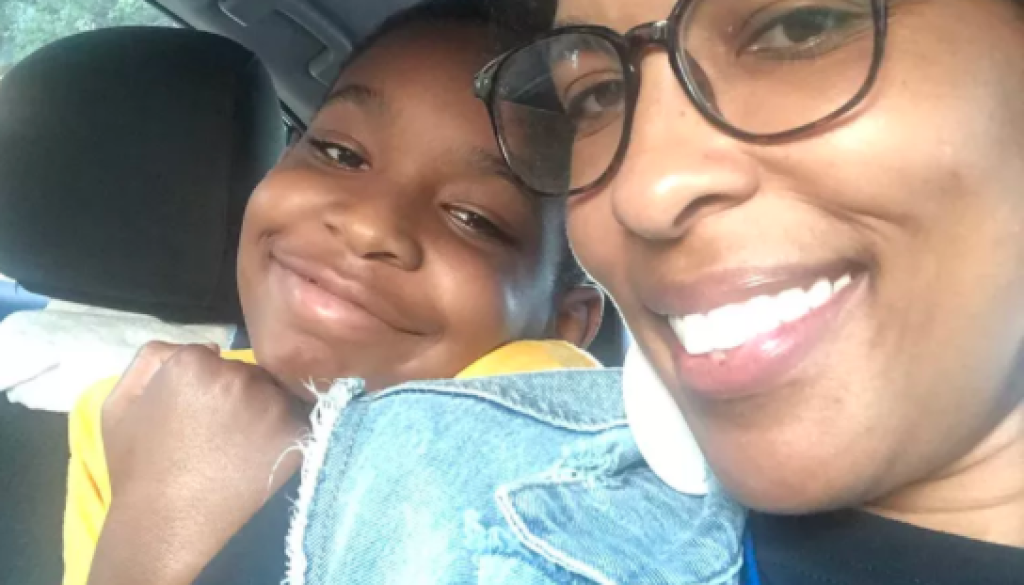Education faces yet another tumultuous year. As a high school teacher, the mere thought of facing yet another wave of COVID-19 requires another pivot, education jargon for adjusting. As a parent, the ability to make informed decisions for my own children is harder than ever. My late grandmother, Celestine McNair, would often declare, “You can’t be all things to all people.” As it relates to educators, many teachers are “all things” in their schools taking on roles in the absence of colleagues sidelined because of COVID.

Immediately following the holiday break, the Omicron variant blasted through school districts quarantining school staff, teachers, and students. One day they’re present. The next day, they’re out for 10 days. It’s sudden. It leaves gaps to be filled during the school day. Classes need to be covered. Students need access to assignments. My close teacher friends in schools in St. Louis city and county face the same challenges. No one knows what fresh-hell they’re walking into day to day. Teachers being teachers simply endure. We adjust.
Education is a unique field. The educational requirements for teachers are high, rightfully so. Educating students is a huge responsibility. One must have a minimum of a bachelor’s degree with specialized state certification based on subject area. Some schools prefer teachers who have master’s degrees. Knowing the requirements for a substitute teacher have been all but lowered to a breathing human shows how important state decision makers value the field. Currently according to the Department of Elementary and Secondary Education (DESE), Content Substitutes who successfully complete 20 hours of online training through a Platform called Frontline Education are eligible to substitute teach. We get it. We need bodies in classrooms.
Policymakers have further complicated staffing woes for school districts, Missouri will only allow up to 36 hours of Alternative Methods of Instruction (AMI). This includes virtual instruction. That’s roughly a full school week. Virtual learning is not ideal. Neither is the state of affairs in our schools where we face staffing shortages and the continuing COVID uncertainty. There are no easy decisions here.
What happens to schools that exceed the 36 hour AMI? Will state funding be withheld? What about districts that began the school year with staff shortages? Which districts struggle the most with such limitations? How does this affect districts that educate and support the most vulnerable populations in our region?
On January 5, 2022 classes resumed in the Clayton school district. On this day my family sticks to our morning routine. But as we head out the door for our commute, my son, Jordan, complains that he doesn’t feel well. His stomach hurts. Jordan is not the kind of kid who doesn’t want to go to school. He loves school. The year he spent in virtual learning created a greater appreciation in him for in-person school.
What on earth should I do? Tons of my colleagues are out sick due to COVID. It’s the first thing in the morning on the first day back from holiday break.
But why should I make staffing my problem? I need to take care of my family.
What if Jordan has COVID? Are stomach aches a symptom of COVID?
I can’t be all things to all people. There are no easy decisions here.
I took Jordan to his grandma’s house. Because I care too much.




